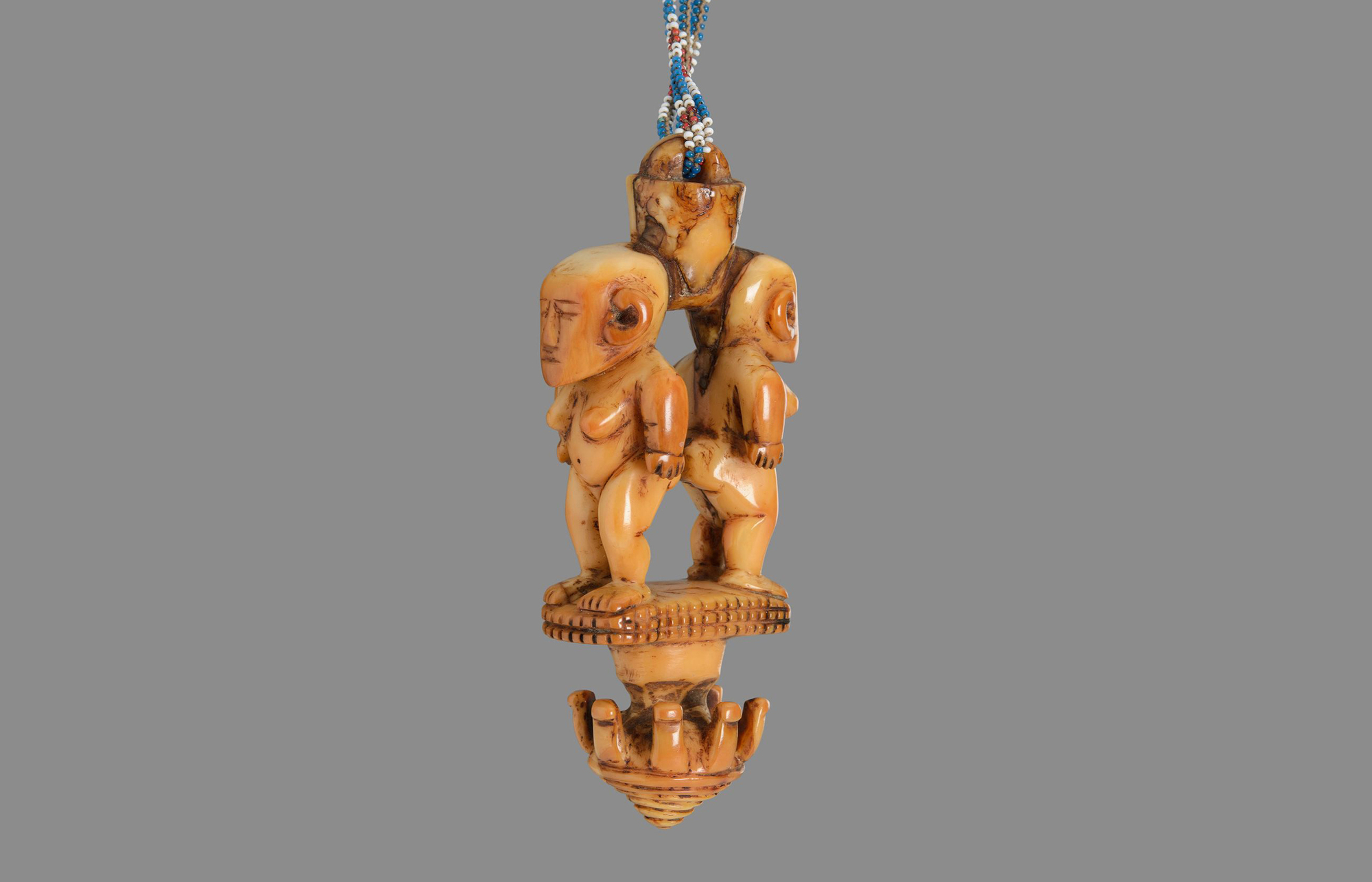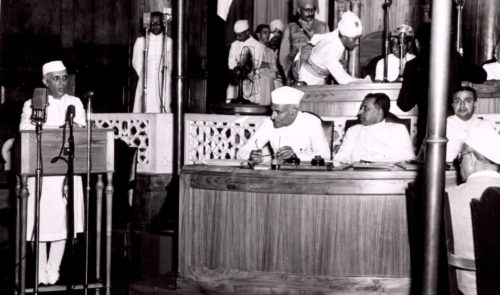
The Oceania exhibition was the first large-scale show dedicated to the Pacific in the northern hemisphere since 1979. It gave Pacific communities a new level of international exposure, and prompted new debates and discussions about the future of Pacific heritage across European museums, leading directly to agreements to exhibit historic artefacts in countries of origin from 2019 onwards.
The exhibition was informed by Nicholas Thomas’ specific knowledge of the region and direct contact with indigenous communities. For over 20 years at Cambridge’s Museum of Archaeology and Anthropology (MAA), Thomas has researched and published extensively towards a fresh vision of Oceanic art history.
Held at the Royal Academy of Arts, London (September-December 2018) and the Musée du quai Branly-Jacques Chirac, Paris (March-July 2019), the exhibition brought together 169 outstanding historic and contemporary works (including loans from 26 museums) and attracted over 250,000 visitors. An adapted version of the exhibition opened at the Museum Volkenkunde in Leiden, the Netherlands, in February 2020, attracting 23,000 visitors.
The exhibition had an impact on communities, with indigenous leaders conveying a strong sense of cultural pride and considering the Oceania exhibition a vital affirmation of their culture. It also prompted renewed debate regarding the restitution and repatriation of artefacts collected during the colonial period, as well as practical action.
Dialogue with Pacific government and community representatives enabled Cambridge’s MAA, the British Museum in London and the Pitt Rivers Museum in Oxford to proceed with a major loan of 30 exceptionally significant artefacts to the Taraiwhiti Museum in New Zealand, attracting over 37,000 visitors.
The Oceania exhibition also created opportunities for new dialogues involving MAA curators and government ministers and museum staff from Tahiti, French Polynesia, and a long-term loan has now been confirmed of 12 key works of early heritage to the Musée de Tahiti et de ses Îles, the principal museum of the territory.
“[Oceania was] a milestone recognising the importance of our history and retaining that and preserving that identity so that we know we are and so that our culture, our heritage, our identity is not being lost.”
– Secretary of Cook Islands’ Ministry of Culture


